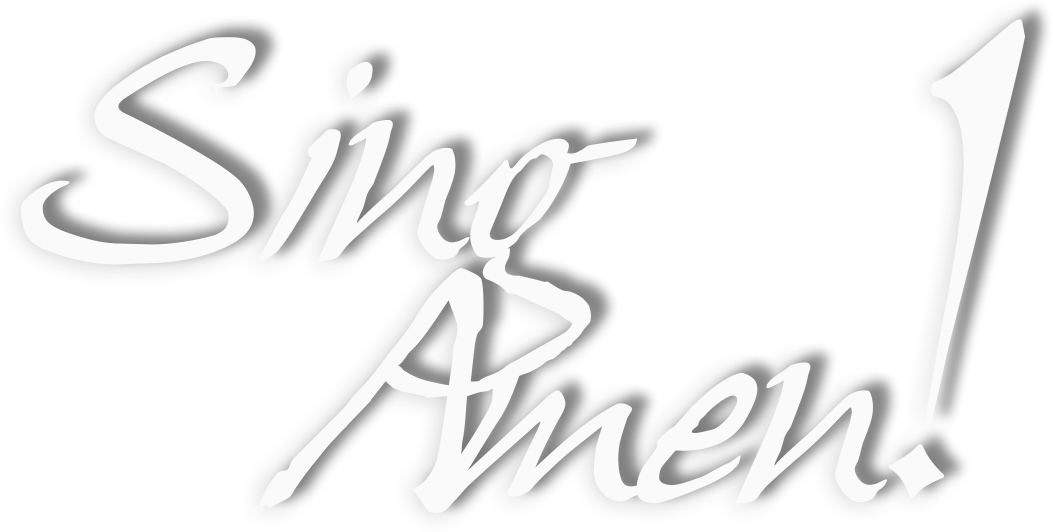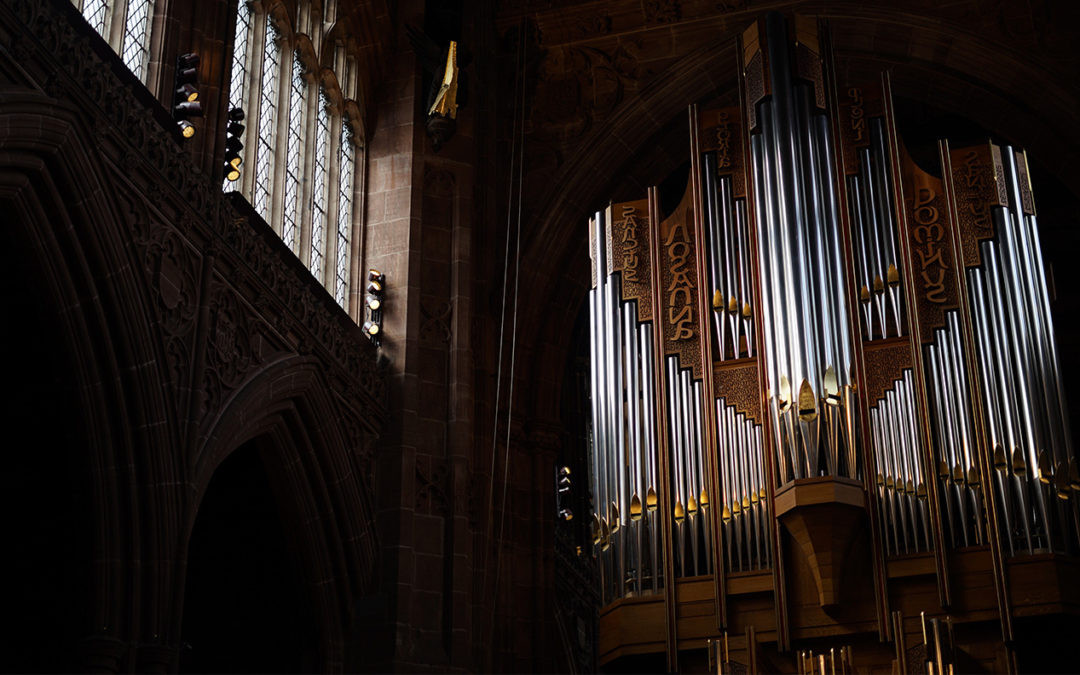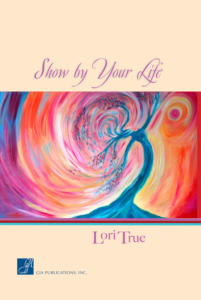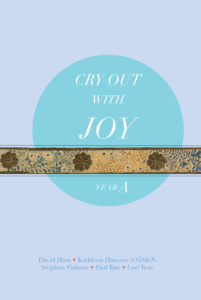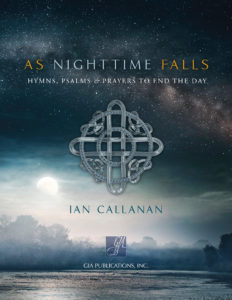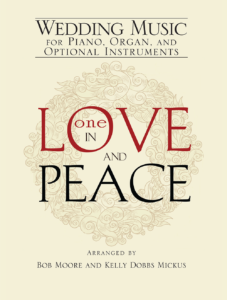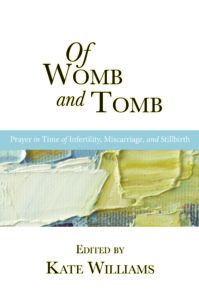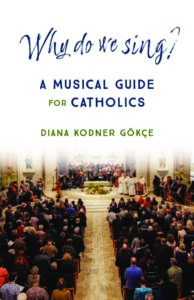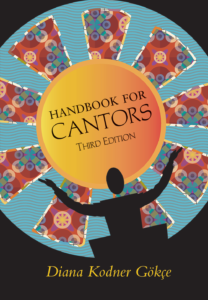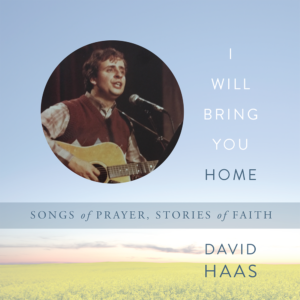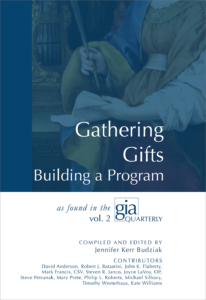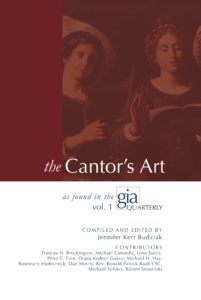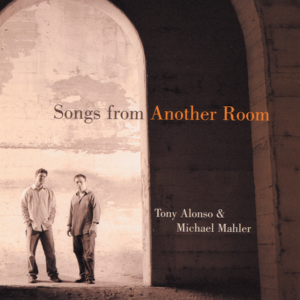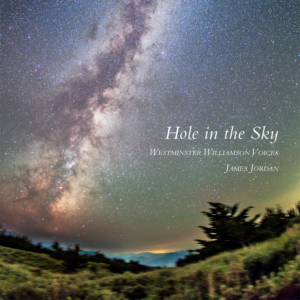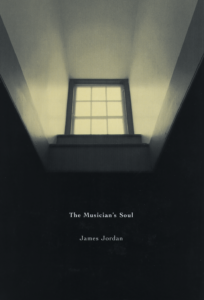Organists play with their feet! It’s one of the unique aspects of the instrument, fascinating yet intimidating. Most organists expend a lot of effort to ensure that everything is just so, from a favorite pair of organ shoes (mine are tap shoes without the taps—they last for decades if cared for properly and in my case they HAVE to last forever now that they don’t make them without the taps anymore and I’m down to my last pair), to being sure the laces are tied perfectly, and that you are wearing the right socks (not too thick, not so thin that your feet freeze in a cold church), to adjusting the bench to suit your body type, and being sure the pedals don’t have dirt or grit on them, which could ruin both the pedals AND your organ shoes.
Sometimes we don’t play with our feet at all, for various reasons. Pianists who only play the organ occasionally might not want to take the time to learn to use the pedals. You might find yourself asked to play a one-manual organ with no pedalboard. Physical issues can prevent you from playing the pedals at times. At my husband’s church there are two organs: the main Klais organ in the sanctuary and a (moveable) one-manual organ with 8’ 4’ 2’ and 1 1/3 stops, for continuo playing in a Baroque chamber orchestra and for which it gets regular use. When not being used thus it is housed in the church’s chapel and played for an occasional smaller funeral or wedding, and certain services during Christmas and Holy Week. It’s during those times that finding music that works well on either a manuals-only organ or a piano interchangeably (such as for an outdoor service using an electronic keyboard) is a real challenge.
There aren’t a lot of collections for manuals only, and often only one or two such pieces are tucked in a volume of organ music. Recently I played the above-mentioned organ for a funeral, and I had at least seven volumes open to the manual-only piece in it, and naturally, they all fell off the console during the funeral (not only making a delightful slushing sound, but losing my place in all the volumes).
Many composers are writing piano music for worship, but not all of it works on the organ. This article will focus on how to find music that is available for keyboard only, and can be played convincingly on either organ or piano.
Organ teachers introduce their students early-on to the music of J.S. Bach, whose organ works are definitive for any study of the instrument. There are lovely organ pieces by Bach for manualiter in the Clavier-Übung III and the Kirnberger’s Collection. The Bach-Gesellschaft Ausgabe (Bach Society Edition) is online at the International Music Score Library Project (IMSLP) and it’s easiest to search by BWV number. The manualiter pieces are usually two to three pages–my favorites are: Christ, unser Herr, zum Jordan kam, BWV 685; Vater unser im Himmelreich, BWV 683; Diess sind die heil’gen zehn Gebot’, BWV 679; and Allein Gott in der Höh’ sei Ehr’, BWV 717h. The four-movement Pastorale. BWV 590 has three manualiter movements—the opening movement has minimal pedal. There are YouTube recordings of all these pieces.
To search for public domain pieces, start by visiting IMSLP. Click on Scores, then choose either Work Types, Instrumentation, Featured Instruments, or Period/Style. It takes fifteen seconds to download each piece to examine it (unless you pay the yearly membership fee, which is well worth it). Nothing is labeled as to difficulty or whether or not they are for manuals only, but if you have time, searching through this repertoire can produce a fair number of gems. For example, go to Work Types, click on Recessionals, and you find 36 short pieces for organ or harmonium (a keyboard instrument of the reed organ family) titled L’instituteur organist by the prolific but little-known French organist Charles Renaud de Vilbac (1849-1884). Another search just for the harmonium yielded a Communion pour Orgue by Jacques-Nicolas Lemmens (1823-1881). There are a number of approachable and useful fugues on the Magnificat by Johann Pachelbel (1653-1706). All of these pieces will be listed and updated regularly at Sing Amen, at the Keyboard to Keyboard blog.
Manuals-only music available from GIA
Two Spirituals for Keyboard by Richard Proulx has charming settings of “In Christ There Is No East or West” and “Over My Head.” They work equally well on either piano or organ, and my organ registration suggestions are available on the Keyboard to Keyboard blog, found at Sing Amen! or in my GIA Quarterly article in Volume 30, No 4.
For the past three years I played at a church where the organ would cipher during the winter months when I turned the blower on. When the temperature was cold outside, a handful of pipes would continue singing on their own for a minute or two after I hit the power button. Most of the time they would stop on their own, but a bitter cold snap one February found me arriving for a wedding to discover that one very loud Principal pipe was refusing to stop. Luckily our building engineer climbed up on a ladder (with me pointing to the pipe), and shoved a towel inside it, so I was able to play for the wedding. For times like that or for any unpredictable situation I highly recommend One in Love and Peace, a volume of wedding music for piano, organ and optional instruments arranged by Kelly Dobbs Mickus and Bob Moore. Carroll Thomas Andrews has two collections: Processionals and Recessionals for Weddings and Other Occasions for organ without pedals and Processionals and Recessionals for Weddings and Other Occasions for organ manuals with optional pedal.
For a complete listing of music for manuals only which can be taken from keyboard to keyboard, visit singamen.giamusic.com and click on the Keyboard to Keyboard blog/GIA Organ Resources.
